We don’t know if you got to see the BBC’s “McIntyre Undercover” in 1999, showing Elite Model Management behind the scenes on TV: all over the world. The one hour documentary had girls as young as 13-years old being pressured into drinking alcohol, taking drugs and being threatened to have their careers ruined if they did not sleep with model executives. Of course all industries have their scandals, and people being used for or using sex. But what was really nauseating about this was the systematic and ice cold way these old men were having sex or relationships for long periods of time with the poor girls.
It was just the age when everyone wanted to be a model. Before the documentary all you ever heard was success stories. A friend of a friend or someone’s neighbor or cousin; they had all made it and were the target of jealousy. They could do whatever they wanted, went out partying, shopping, made lots of money, but when one of the most known model agencies went from famous to infamous on TV, young girls changed our minds.
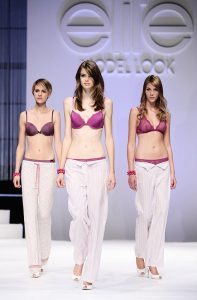
And lets face it, the industry’s efforts to clean up its act are half hearted to say the least-as models are only getting younger. Everyone knows it is impossible to get rid of the sulky reputation without facing the debate on appropriate ages for models in general. And no-one wants that, the reputation is not worth it because so much money is involved. The modeling and fashion industry do not want to change.
Kate Moss, Lily Cole, Coco Rocha and Naomi Campbell all started modeling at 14 or 15. A lot of their success can be attributed to the fact that they were young. They all increased the fashion companies’ sales. A classic and maybe the clearest example is teenaged Kate Moss embodying the “heroin chic” look and with her baby face and fragile body.
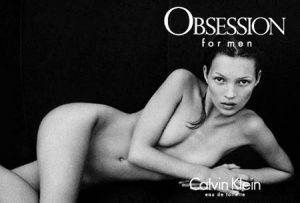
The fashion company that created the look and made her famous is without question Calvin Klein. This brand has always fascinated me as they operate on the seemingly blurry line between advertising and child pornography. One of their absolute most disturbing ads according to me, was as early as 1980! They then showed a 15-year old Brooke Shields in a TV and print campaign whispering “Nothing comes between me and my Calvins.”
And in the 1995 campaign for Calvin Klein Jeans they used 15-year old models to show off the jeans in seductive poses with low lighting and clear sexual undertones. The ads looked just like vintage porno pictures reminiscent of “Rec Rooms”. The public reacted strongly, this generated publicity which in turn increased jeans sales significantly. This set the norm that anything, even if it is abusive and unhealthy to kids, is allowed in fashion to increase sales. Also, it makes companies who just exploit young models “a little bit” look less bad.
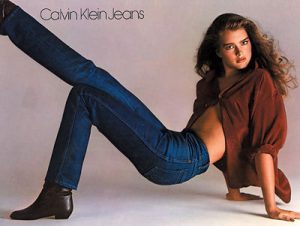
The general accepted definition of a teen model, or a junior model, is between 13-21-years old. And despite all this controversy, the demand just seems to go up for these younger models, especially in print advertisements. If Calvin Klein has always been the extremist, there are far more companies using similar methods but with a softer touch.
Anna Sui used the very young Monika Jagaciak for the company’s jewelry campaign. And this 14-year old has gained immense popularity modeling for Calvin Klein, Hugo Boss and being on the cover of Jalouse, Harper’s Bazaar and Elle. Also Hèrmes followed the hype and used the model for a big campaign. So what’s the harm?
Well, she is a kid. She then got caught at the center of this age controversy. She has been made an example of following drug, anorexia and sex debates (which are far more serious and harder to act on…) around the fashion industry in the media, fashion week organizers have felt compelled to act on at least some issue the public feels strongly about.
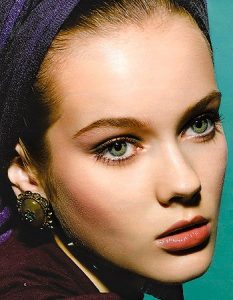
So London Fashion Week decided to set a 16-year old age limit for the models participating. This came into effect as of September 2008 for Fall Fashion Week. It was done on advice from a panel of the Model Health Inquiry. They are a group formed by the British Fashion Council to investigate models’ health.
The Panel also set this age limit for photo-shots in Britain. Panel chairwoman Baroness Kingsmill said it was “profoundly inappropriate” that young girls were presented as grown-up women. The use of chaperons is on the rise. Representation by a modeling agency is required for models on almost all fashion weeks, and underage models must be licensed in for example France. The industry might feel it is better to give in on fashion shows and shots to show willing. So that these demands will not be set for ad campaigns for the big players, where the real money is.
The Australian Fashion Week in Sydney also put an “over 16-years old” rule on who got to walk the runway; banning Monika Jagaciak. A feature in Australian Vogue was also cancelled around the same time for Polish Jagaciak as the editor took a stance against young models. The magazine probably wanted to be cautious after the 2007 scandal that New Zealand model Katie Braatvedt caused when she graced the cover, only 15-years old.
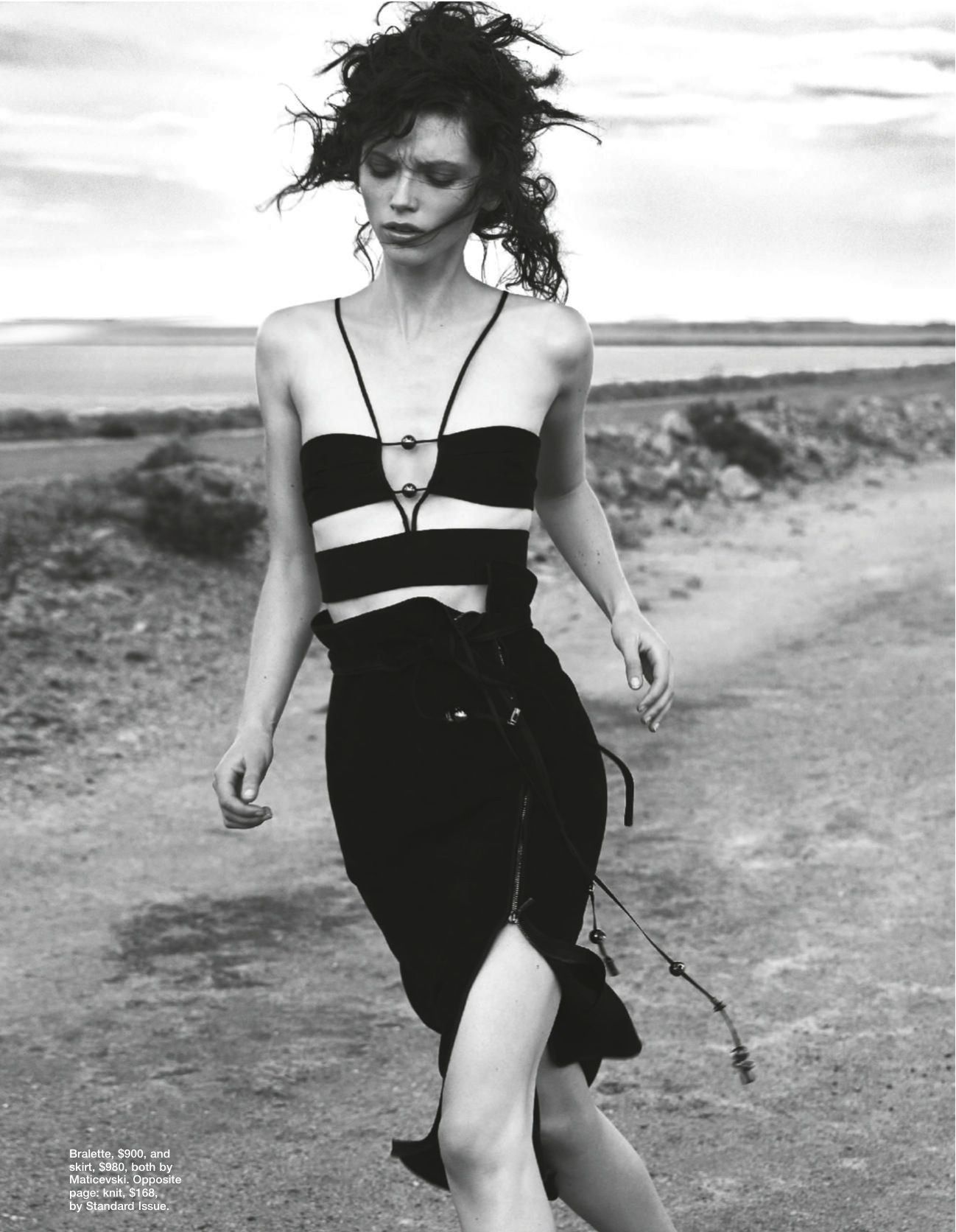
The Vogue editor is not alone with her double standards. Both Gemma Ward and Tallulah Morton were on the Australian Fashion Week’s catwalk at 15 and 13-years of age. But just because fashion shows and magazines turn their cape does not mean the modeling agencies and the fashion companies will change.
When you look at this age question and try to form your own view on the matter, what becomes apparent is that there is no genuine concern for these girls. Everything just seems so cold and unfriendly. Basically companies and agencies can bend slightly because of bad press but that is it. When a lot of money is involved the pressure is on.
The target audience for fashion advertising are women and they want thinner, taller and younger versions of themselves showing off the clothes that they want. We all get so caught up in discussing the newest trends, the designers, the materials, the colors and the events, that we forget the well being of the people behind the glossy surface.
Sources:

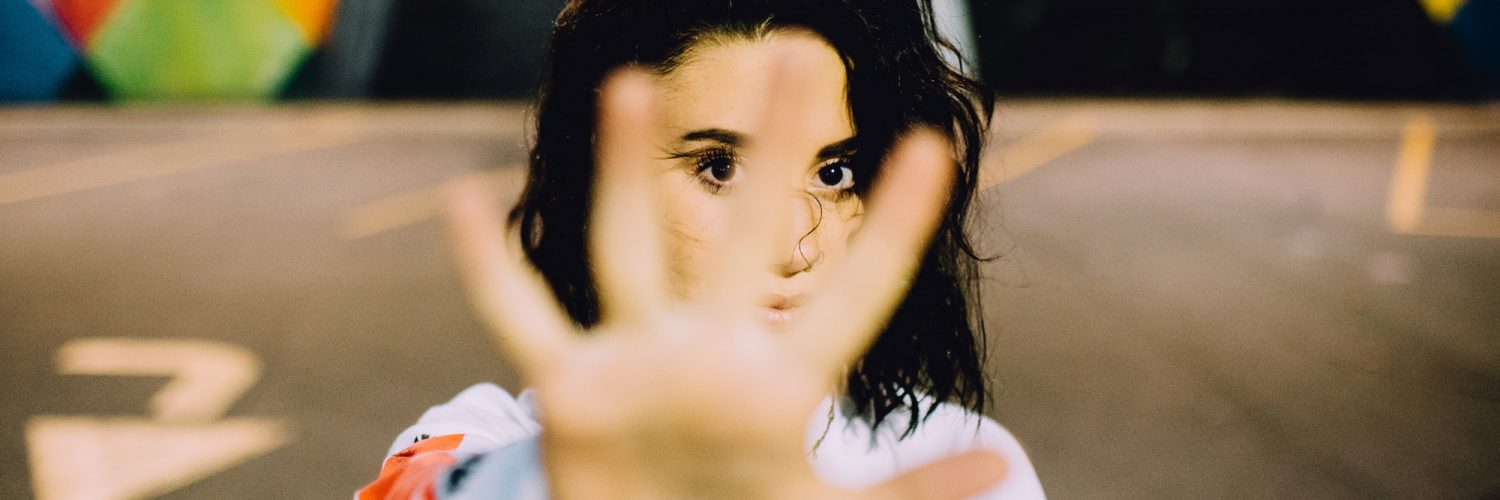

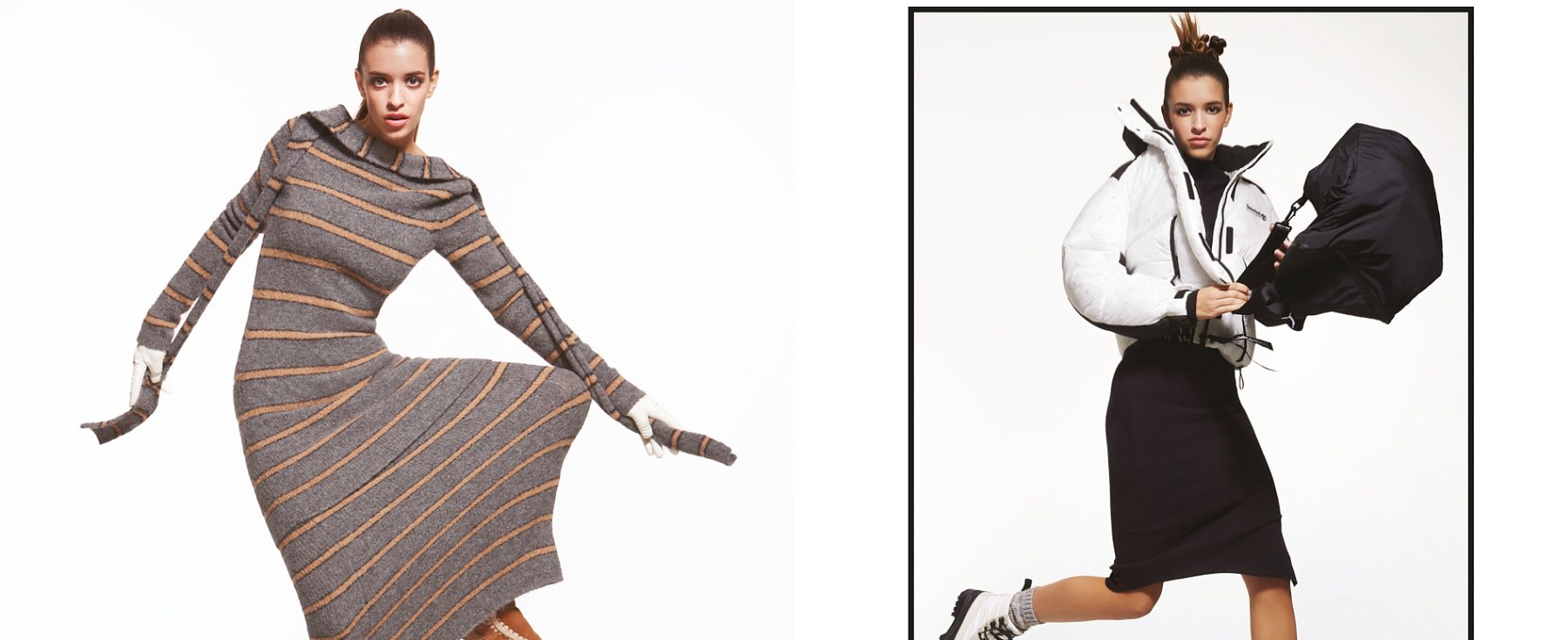
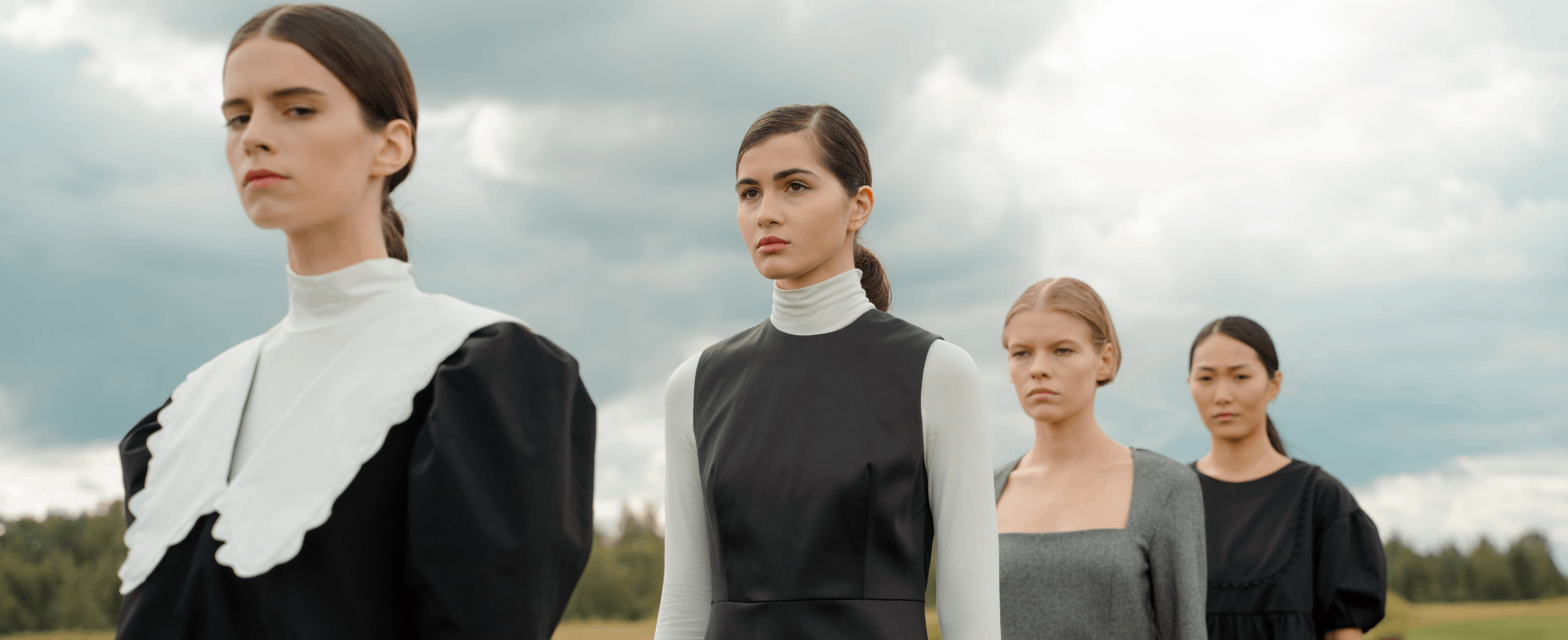

Add comment